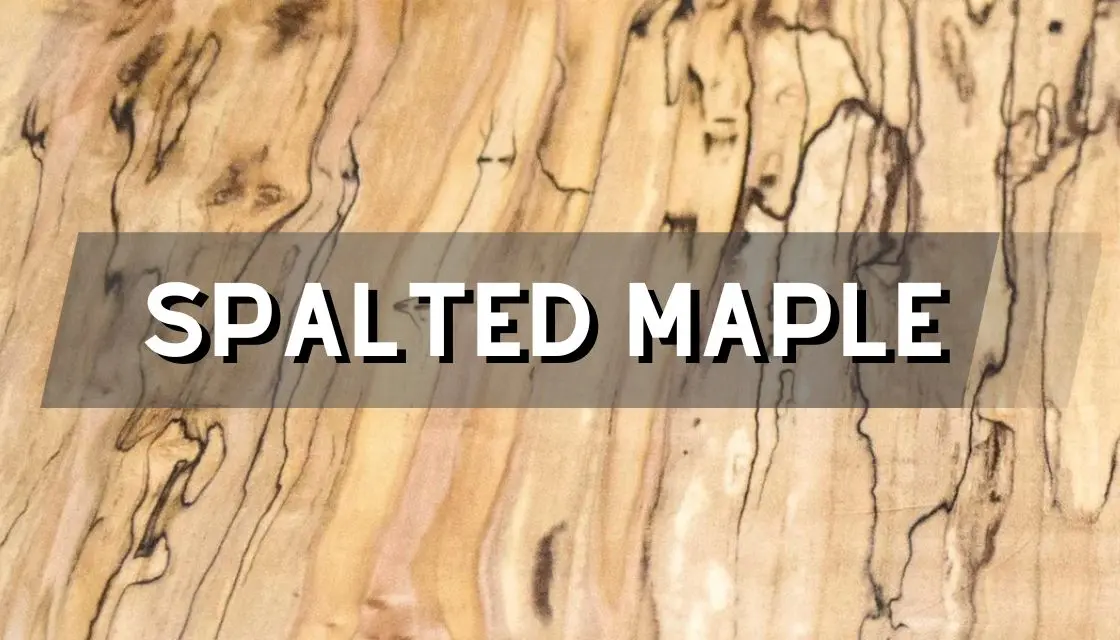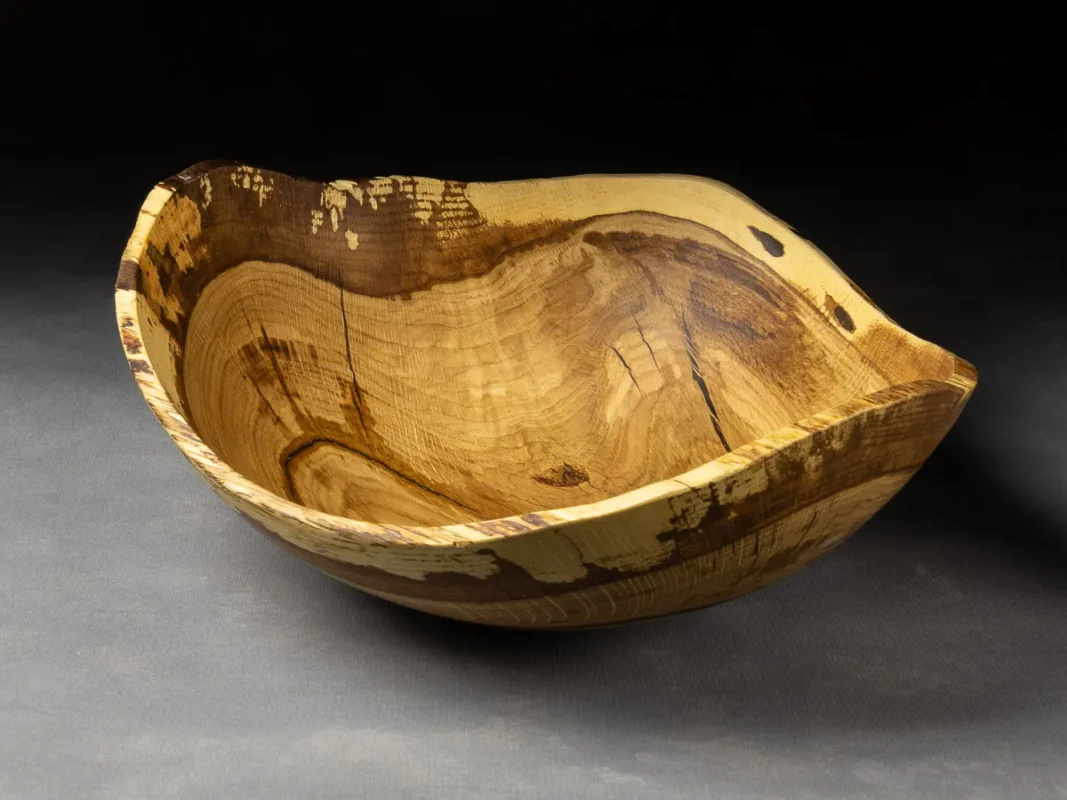
Spalted maple is a special and interesting type of wood. It has become popular with woodworkers, artists, and furniture makers. Its distinctive patterns and colors make it a sought-after material for creating stunning pieces. This article looks at the interesting world of spalted maple. It explores how it forms, its uses, and why more people like it.
Table of Contents
What is Spalted Maple wood?
Spalting maple wood is a type of wood. It has gone through a natural decay process. This process creates unique patterns and color changes. This process, known as spalting, occurs when fungi invade the wood, creating dark lines and contrasting colors. The result is a visually striking material that is both beautiful and unique.
The Science Behind Spalting
Spalting is a form of wood coloration caused by fungi. These fungi feed on the wood’s nutrients, creating distinct patterns as they spread. The most common types of spalting include:
- Zone Lines: Dark lines that form as different fungal colonies meet and create barriers.
- White Rot: A type of decay that lightens the wood, often creating a bleached appearance.
- Color Staining: Fungi produce pigments that stain the wood in various colors, such as blue, green, or pink.
The combination of these effects results in the unique appearance of maple spalting, making each piece one-of-a-kind.
Applications of Spalted Maple
Spalted maple wood is prized for its aesthetic appeal and is used in a variety of applications. Its unique patterns and colors make it ideal for:
Furniture Making
Furniture makers often use spalted wood to create eye-catching pieces. Its natural beauty adds character and elegance to tables, chairs, and cabinets. The wood’s unique patterns can serve as a focal point in any room, making it a popular choice for custom furniture.
Musical Instruments
Spalted maple is also used in the construction of musical instruments, particularly guitars. The wood looks unique and makes the instrument more attractive. Its sound qualities add to a rich and resonant tone. Many luthiers choose spalted wood for its combination of beauty and performance.
Woodturning and Carving
Woodturners and carvers appreciate spalted maple for its workability and stunning appearance. The wood can be shaped into bowls, vases, and sculptures, showcasing its intricate patterns. The dark lines and lighter wood create a strong effect. Many artists and collectors really want this look.

The Appeal of Spalting Maple Wood
The allure of spalted maple lies in its natural beauty and uniqueness. Each piece of maple spalting is a work of art, with patterns and colors that cannot be replicated. This makes it a desirable material for those seeking to create one-of-a-kind pieces.
Environmental Considerations
spalting maple wood is also an environmentally friendly choice. The spalting process occurs naturally, without the need for chemicals or artificial treatments. By using spalted maple, woodworkers can create beautiful pieces while minimizing their environmental impact.
Challenges in Working with Spalted Maple
While spalted maple is prized for its beauty, it can present challenges for woodworkers. The spalting process weakens the wood, making it more prone to cracking and splitting. To overcome these challenges, woodworkers need to be careful when working with spalted wood. They can use techniques like stabilizing the wood with resin or reinforcing it with backing materials.
Case Studies and Examples
Several notable projects have showcased the beauty and versatility of spalted maple. For example, famous furniture maker George Nakashima used spalted maple in his well-known “Conoid” chairs. This choice shows off the wood’s natural patterns. Guitar maker Paul Reed Smith uses spalting maple wood in his custom guitars. This makes them look great and sound rich.
Conclusion
Spalted maple is a testament to nature’s artistry, offering a unique blend of beauty and functionality. Its distinctive patterns and colors make it a prized material for furniture makers, musicians, and artists alike. Working with spalted wood can be challenging. However, the results are worth the effort. You can create pieces that are beautiful and good for the environment.
As more people want unique and sustainable materials, spalted maple wood will stay a popular choice. It helps create special pieces that show off the beauty of nature.
FAQs
What Does Spalted Maple Mean?
Spalted maple is a type of maple wood that has been changed by fungi. This creates unique patterns of color and texture. The spalting process can create different looks. These can range from light streaks to dark patterns. The appearance depends on the type of fungus and how long the wood has been affected.
Can You Use Spalted Maple for a Cutting Board?
Spalted maple can be used for a cutting board, but it is not the best choice. This is because it is not very strong. The spalting process can make some parts of the wood softer. This can lead to more cracks, making it less durable than non-spalted maple. For a cutting board, a harder, more stable wood would be better suited for longevity and food safety.
How to Finish Spalted Maple?
To finish maple spalting:
– Sand the wood: Start with coarse-grit sandpaper and progress to finer grits to smooth the surface. Be careful around the spalted areas, as they may be softer and more prone to damage.
Make the wood stronger: If some parts of the wood are soft, use a stabilizing resin. This will help strengthen the wood before you finish it.
Apply a finish: Use a clear finish such as polyurethane, oil, or lacquer. This will protect the wood and show off the spalting patterns. For food-safe items, choose a mineral oil or beeswax finish.


